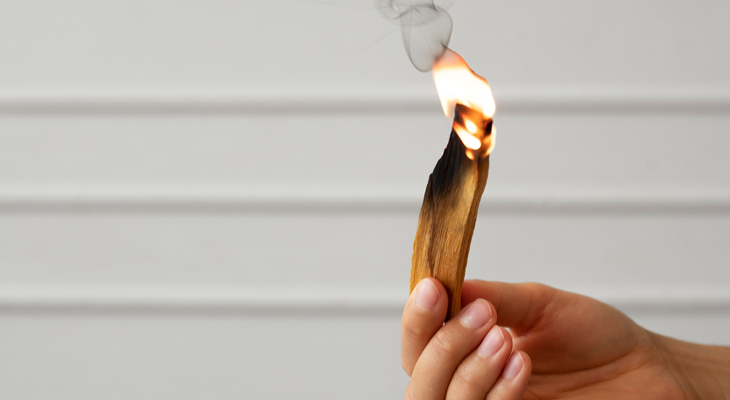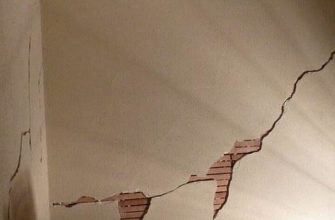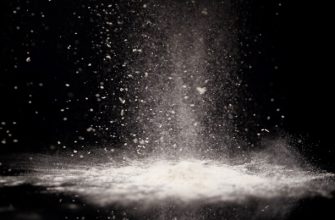Spackle is a type of drywall compound which is used for filling holes and cracks in walls. It comes in many different textures, but most commonly it is found as a smooth putty texture. Spackle can be purchased at any local hardware store and comes in several different varieties.
The standard type of spackle fire resistant material that one finds at the store has gypsum and clay particles that melt at high temperatures. These two things combined make it possible for this type of material to withstand direct flame for up to 2 hours under test conditions!
Spackle is a fire-resistant material and can be used to fill holes in walls, floors, ceilings and other surfaces. Spackles are made of four types of materials: gypsum or cement, sand or gravel and water or glue. It can also be made from paper pulp fibers mixed with plasterboard paste before being applied to the surface being repaired.
Gypsum wallboard has been used for centuries because it’s very strong when it comes to resisting heat damage from fire exposure – but there are some concerns about its potential toxicity when burned slowly over time (like in an oven).
Some manufacturers now use less toxic products called “resists” instead which contain similar ingredients but less solids than traditional gypsum boards so they won’t burn away as quickly during high temperatures like those found around furnaces located near walls where people cook meals on top of them daily throughout their lives!
- Drywall compound also known as joint compound or spackle is fire resistant
- Types of fire resistant spackle
- Spackle compound is composed particles which are naturally fire resistant
- The gypsum center of the spackle board is an even more fire resistant material
- Fire Resistance Rating (FRR)
- Spackle made from drywall type materials
- How Can You Tell if Drywall Has a Fire Rating?
- Conclusion
Drywall compound also known as joint compound or spackle is fire resistant
Drywall compound is a type of plaster that is made from the gypsum and clay. This mixture can be applied to the walls or ceilings of your home, giving them a smooth finish that looks durable and attractive.
Gypsum is naturally a fire resistant, but it will melt at high temperatures if exposed to flames. The melting point for gypsum ranges from 2,300°F (1,131°C) for ordinary drywall to 2,800°F (1,530°C). Drywall compound has been known as “joint compound” because it is used between two sheets of plywood when building an exterior wall or ceiling in order to create an even surface where two pieces meet.
Types of fire resistant spackle
There are several types of spackle that can be used to fill in cracks, holes and gaps. Spackling compound is the most common type, and it’s available in several different colors. These include: White, Brown, Gray.
Masonry spackle is another option for filling large cracks or holes in walls—but it’s not as fireproof as other types of spackle (like gypsum). It’s also less expensive than many other types of fire resistant bondo products. If you have access to masonry primer or sealer products, they will make your masonry job much easier!
Under test conditions, it has been shown that dry wall compound can withstand a direct flame for 2 hours
Spackle is fire resistant. It has been tested under test conditions and it has been shown that drywall compound can withstand a direct flame for 2 hours. Spackle is made from gypsum and clay, which makes it easy to melt at high temperatures. If you have ever used spackle before, then this information might come as no surprise to you.
Spackle compound is composed particles which are naturally fire resistant
Spackle compound is a composed of gypsum and clay particles which are naturally fire resistant because they melt at high temperatures. The combination of the two minerals creates a non-combustible material that can withstand flames, heat and even explosions without injury to anyone in the room.
Gypsum is a naturally occurring mineral used in drywall compound as an ingredient that provides extra strength and durability to the wall paper applied over it. Gypsum also helps improve bonding between plaster walls and stud walls by forming bonds between them when mixed together properly by a skilled builder or contractor.
The gypsum center of the spackle board is an even more fire resistant material
Spackle board is made of gypsum and clay particles, which means it melts at high temperatures. The melting point for these two materials combined is nearly 2200 degrees Fahrenheit (1392 degrees Celsius). This means that if you were to set your spackle board on fire, it would not burn through to the other side because it’s too hot!
Fire Resistance Rating (FRR)
The regular 5/8″ thick dry wall has a Fire Resistance Rating (FRR) of one half hour in a temperature of 2000 degrees Fahrenheit. This means that it will burn for about one half hour before it burns through to the other side and exposes itself to the flames. The FRR (Fire Resistance) rating is based on the material’s ability to resist fire, not its ability to withstand heat or flames.
Spackle made from drywall type materials
Spackle made from drywall type materials is able to provide some level of fire resistance. Spackle can withstand a direct flame for 2 hours, but you should not use it as a substitute for an approved fire-resistant material. It’s also important to note that spackle is only meant to be used on small holes in walls or ceilings and should not be applied over large areas of damaged drywall.
Gypsum, a non-toxic mineral, is a component of drywall and gypsum board. Water that has been chemically mixed and is present in drywall reacts with heat to produce steam. This produces a high level of fire resistance when paired with the glass fibres used to construct the board. Gypsum board is therefore very helpful in increasing the level of fire resistance within a building.
The best way to apply spackle is with a putty knife because it will give you more control over where the product goes, which allows you to make sure that there are no gaps between sections when they’re applied together later on down the line (only if needed).
How Can You Tell if Drywall Has a Fire Rating?
A third party must certify that the drywall actually meets fire safety standards. To check that it satisfies the fire performance requirements as outlined in the regulation to ensure fire protection, this is often an independent testing and listing company.
Form X drywall is the most popular type of drywall that is regarded to have a fire rating. It is put on both sides of 2 by 4 inch wood studs that are spaced apart by 16 inches and is 5/8 inches thick. The steel studs are 3.5 by 8 inches and spaced 24″ on centre.
Many construction requirements call for Type X drywall, which has a minimum one-hour fire rating. The garage is typically separated from the rest of the house at home by drywall.
Conclusion
Spackle is a great product to use in your home, as it will not only provide you with the durability and the strength that you need, but will also add some fire resistance. This means that if there is ever an accident or fire in one of your rooms, then you can rest assured knowing that your walls will not catch on fire from heat exposure or flames coming off of them.









